HAWKE

www.hawkeoptics.com
We need more natural history on the menu, not less
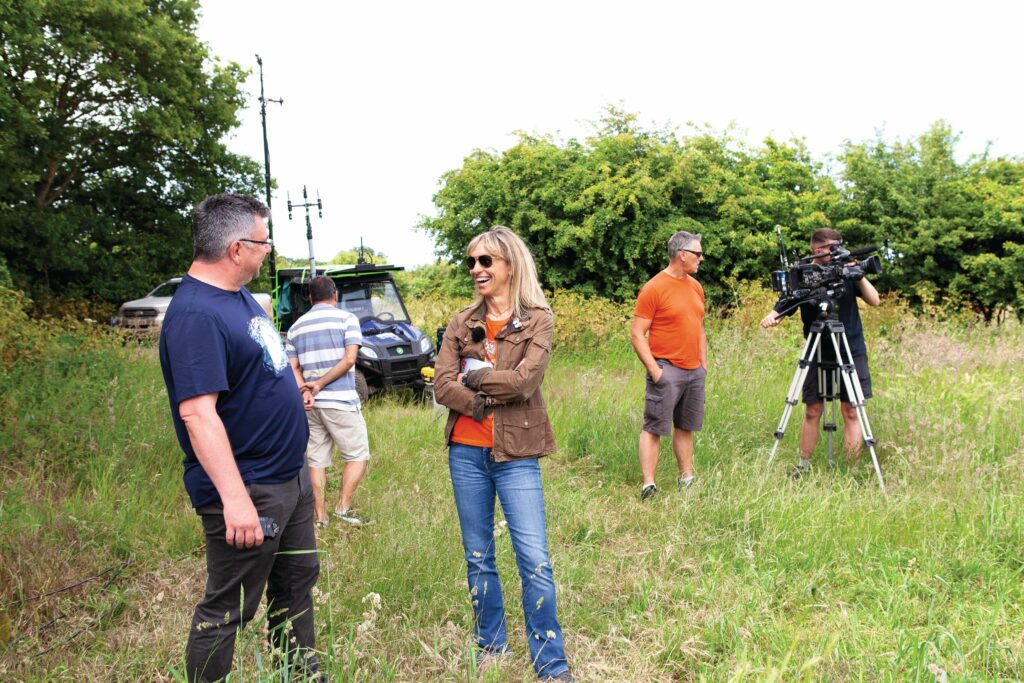
When the decision to axe Autumnwatch was announced earlier this year, we were inundated with messages ranging from disappointment to sadness and outrage. A 160,000-signature petition was delivered to the BBC calling for the programme to be reinstated. At a time when connecting with nature has never been more vital – for all our sakes – losing such a staple of our natural history diet felt to many of us like a step in the wrong direction.
The cover
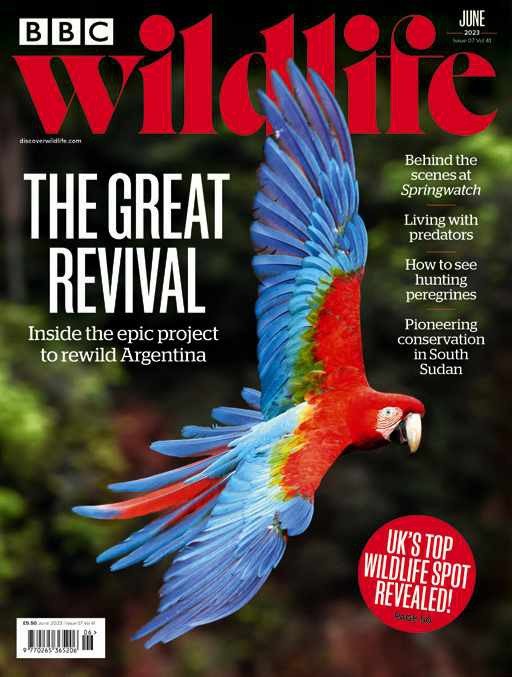
This red-and-green macaw (Ara chloropterus), also known as a green-winged macaw, was taken by award-winning photographer Nick Garbutt. “Their movement is rapid and it is difficult to follow and keep them in focus,” says Nick.
What’s happening right now
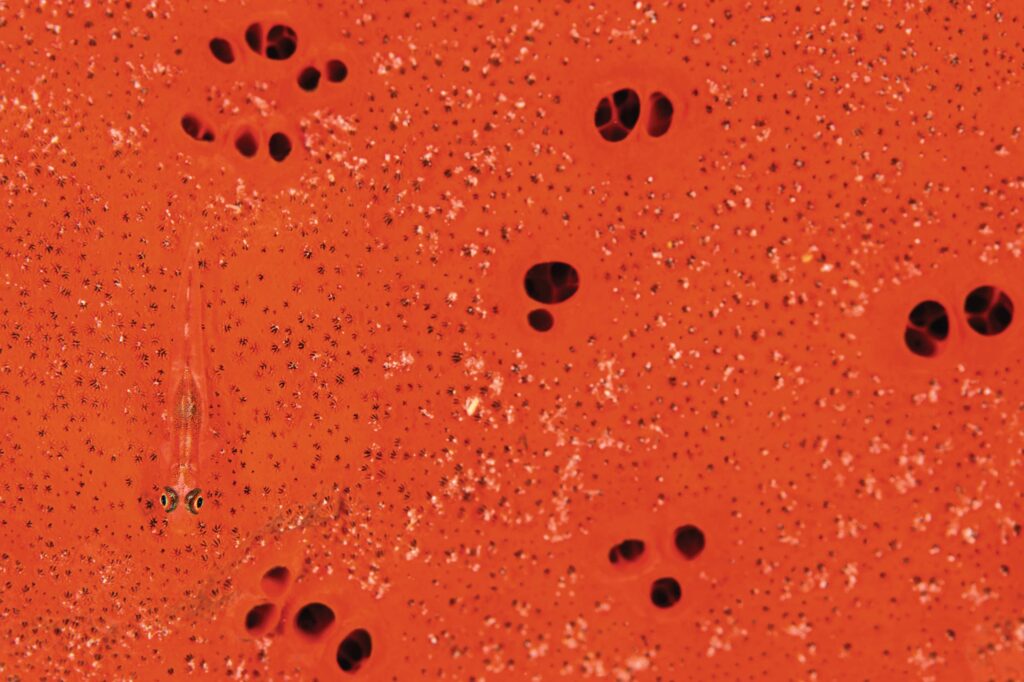
A common ghost goby (Pleurosicya mossambica) perches on a gaudy orange sponge in the Red Sea’s Gulf of Aqaba. It feeds on zooplankton and can grow up to 3cm in length. The fish is aptly named because its transparency helps it to blend in easily with its host.
Belly of the beast
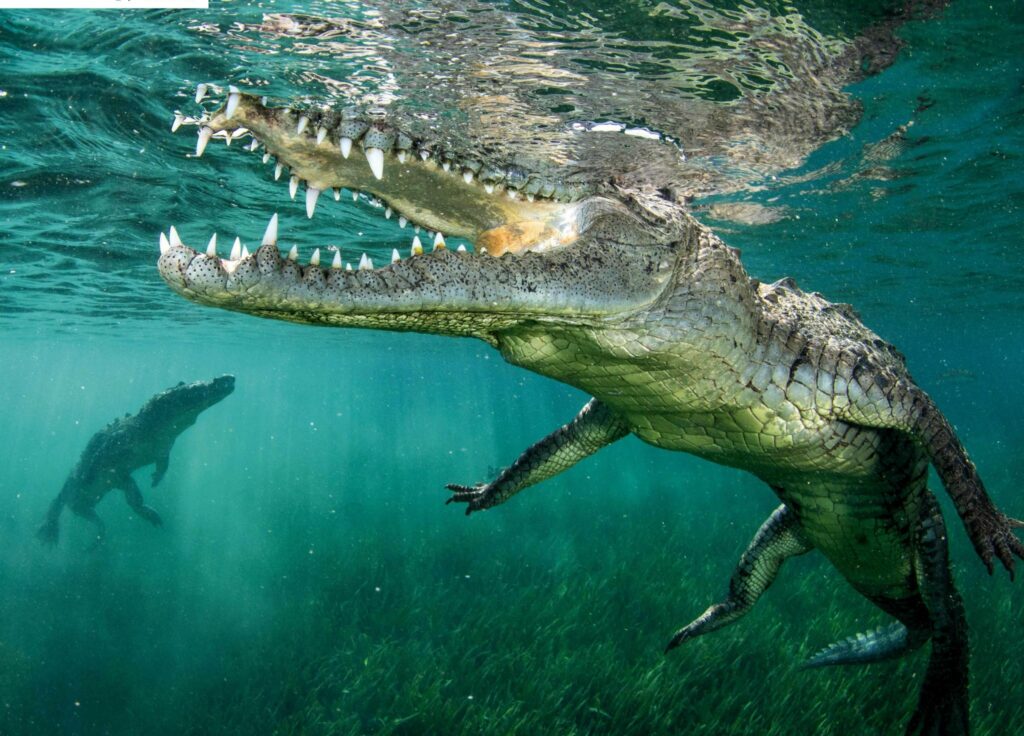
GETTING UP CLOSE AND PERSONAL WITH a couple of powerful predators in their natural habitat is not for the faint-hearted. But it was a risk that photographer Laura Becker was prepared to take to capture this extraordinary image of two American saltwater crocodiles in the Jardines de la Reina National Park, also known as ‘Cuba’s coral garden’ and a major intact marine protected area in the Caribbean. Its mangroves are home to a large number of these fearsome reptiles and Laura joined them underwater to get this shot. “It was quite an exciting experience,” she says.
Friends in low places
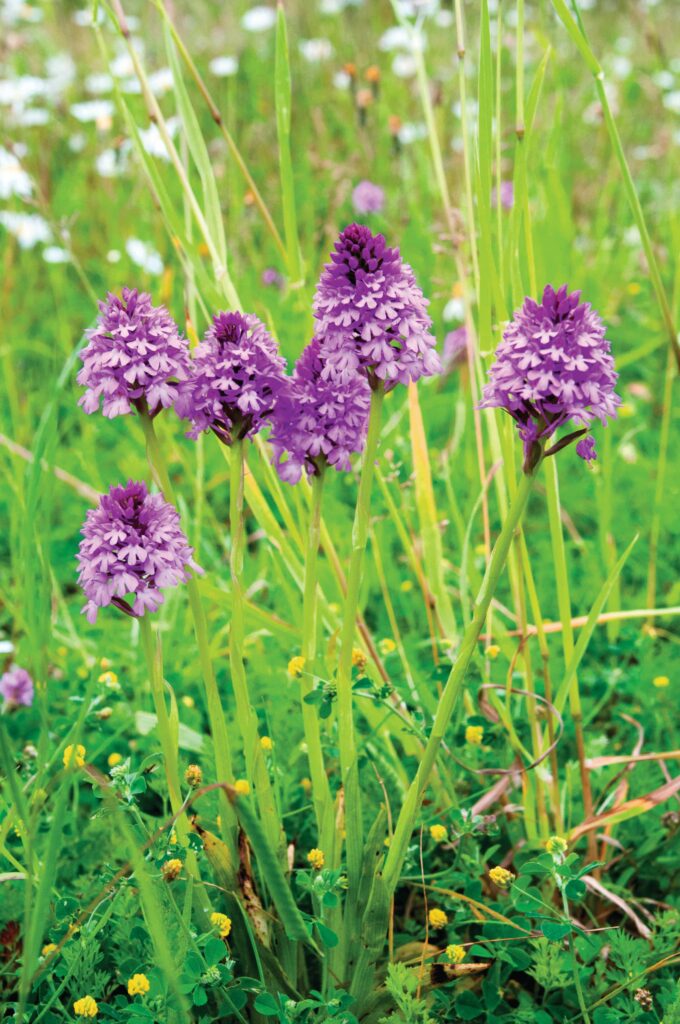
CHALK GRASSLANDS, THE MOST floriferous habitats in Britain and Ireland, start to look their glorious best in June. There can sometimes be three dozen kinds of wildflower and grass in a single square metre of crumbly, nutrient-poor soil, which in turn attracts a great diversity of insect life.
Oceanic plastic rubbish hosts marine life
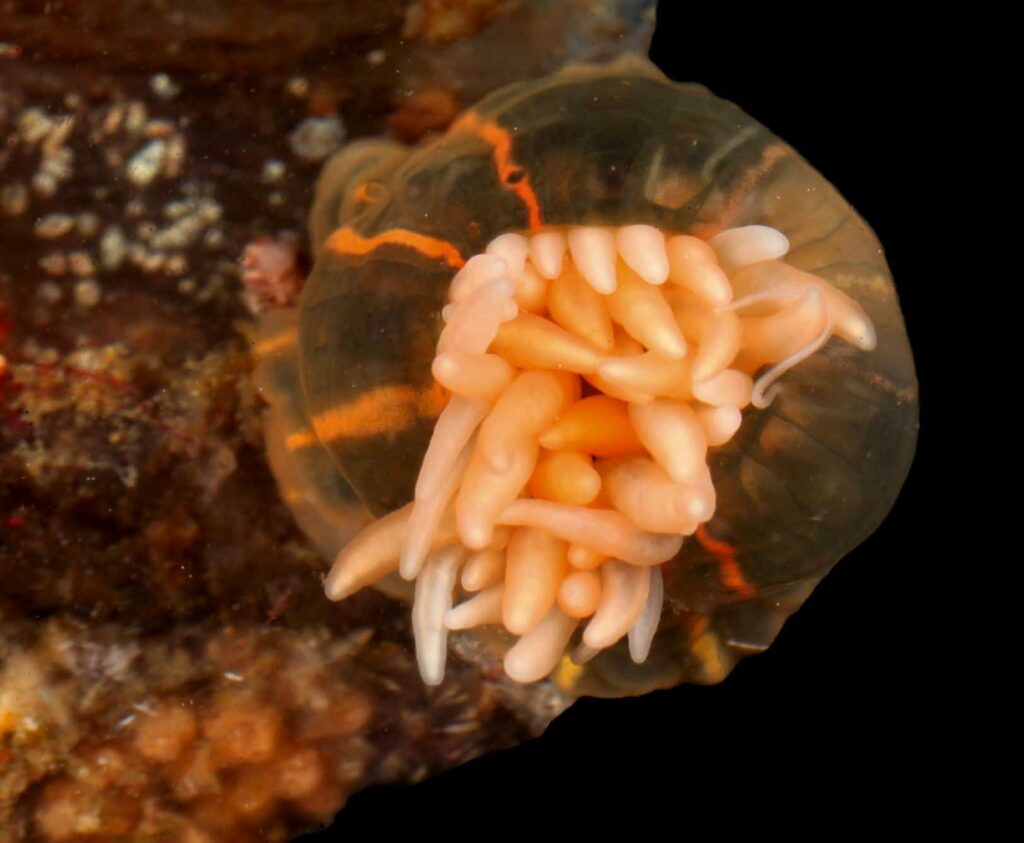
Published in the journal Nature Ecology & Evolution, the study found that 80 per cent of the organisms attached to the plastics – including molluscs, crustaceans and anemones – were species normally associated with coastal habitats rather than open-water ones, despite being thousands of miles from land. There was also evidence that many of the species are successfully reproducing in the garbage patch.
Captive-bred wildcats to be released in Scotland
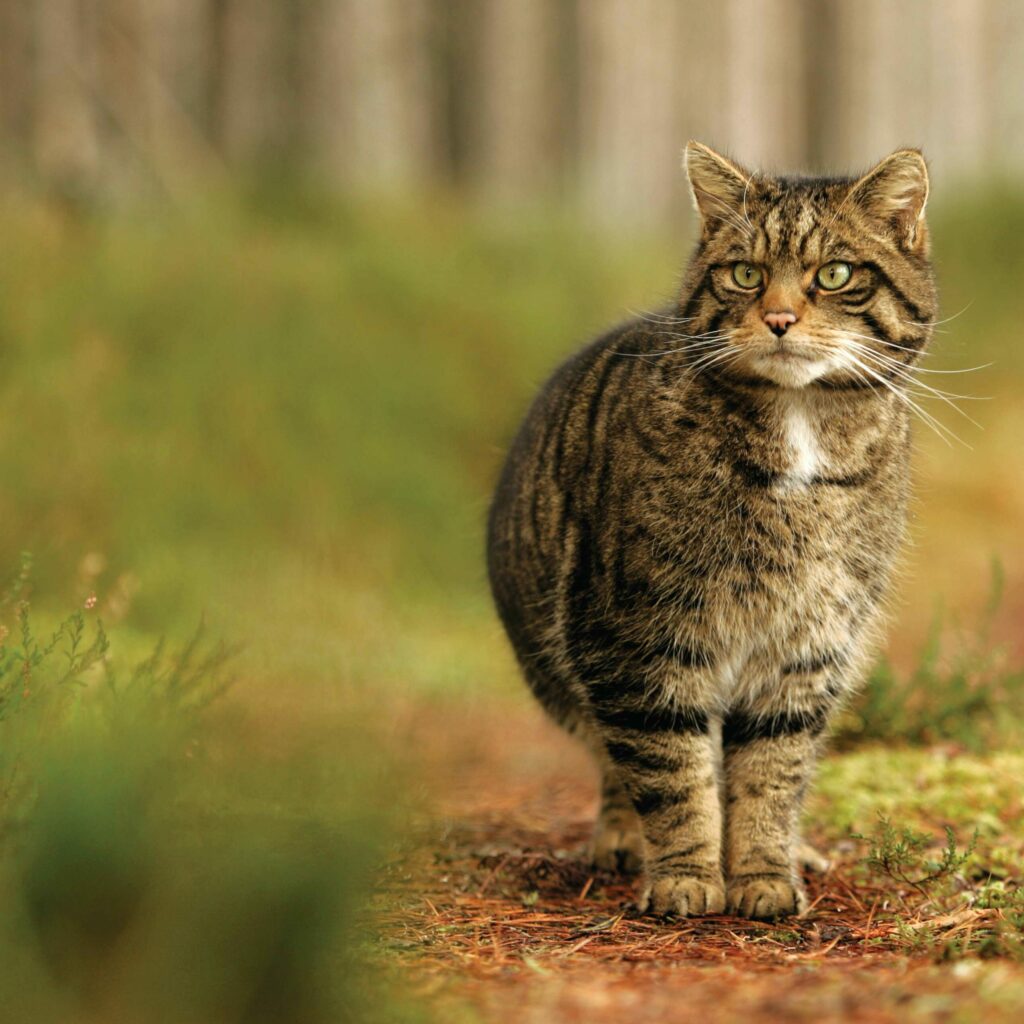
IN A PIONEERING MOVE, THE SCOTTISH government has approved the first ever release into the wild of up to 20 captivebred Scottish wildcats in a series of trial releases in the Cairngorms National Park later this summer. Bred at the Royal Zoological Society of Scotland’s (RZSS) Highland Wildlife Park, near Aviemore, the release of the wildcats will be a huge boost towards restoring Scotland’s Critically Endangered wildcat population.
A little night music
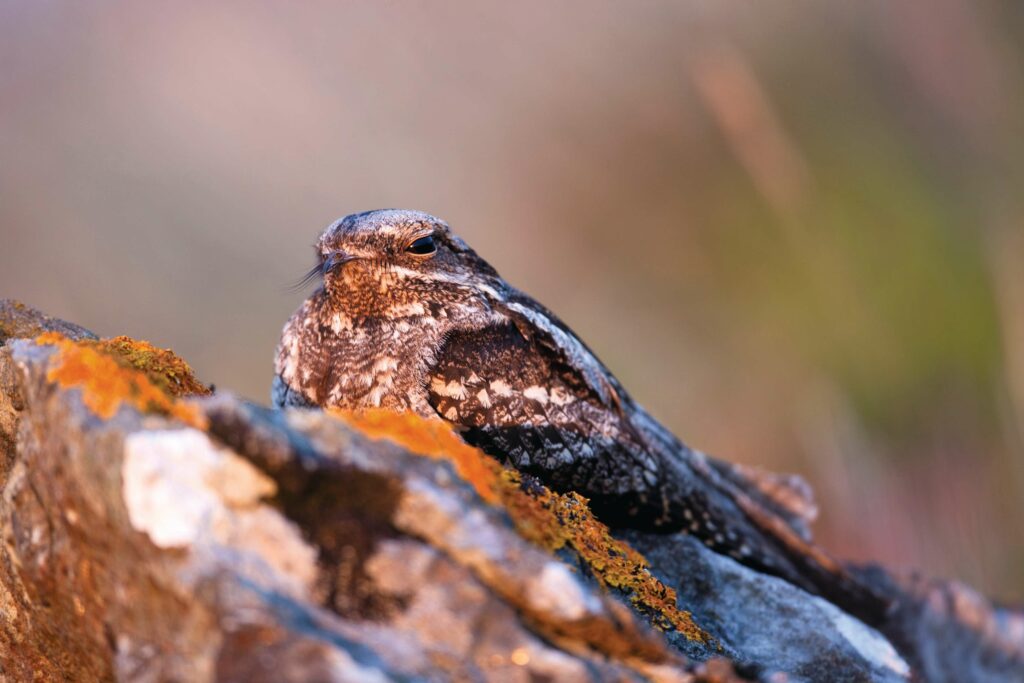
JUNE IS A GREAT MONTH TO HEAR THE nightjar’s mesmerising night-time song, known as churring. The male bird begins his performance not long after sunset. It is curiously like an insect or machine: a rapid, highpitched trill sustained for several minutes, with a pitch that rises or falls as the perched singer turns his head. On still evenings, the sound carries far across heaths, brackencovered hillsides and forest clearings.
Search every mountain
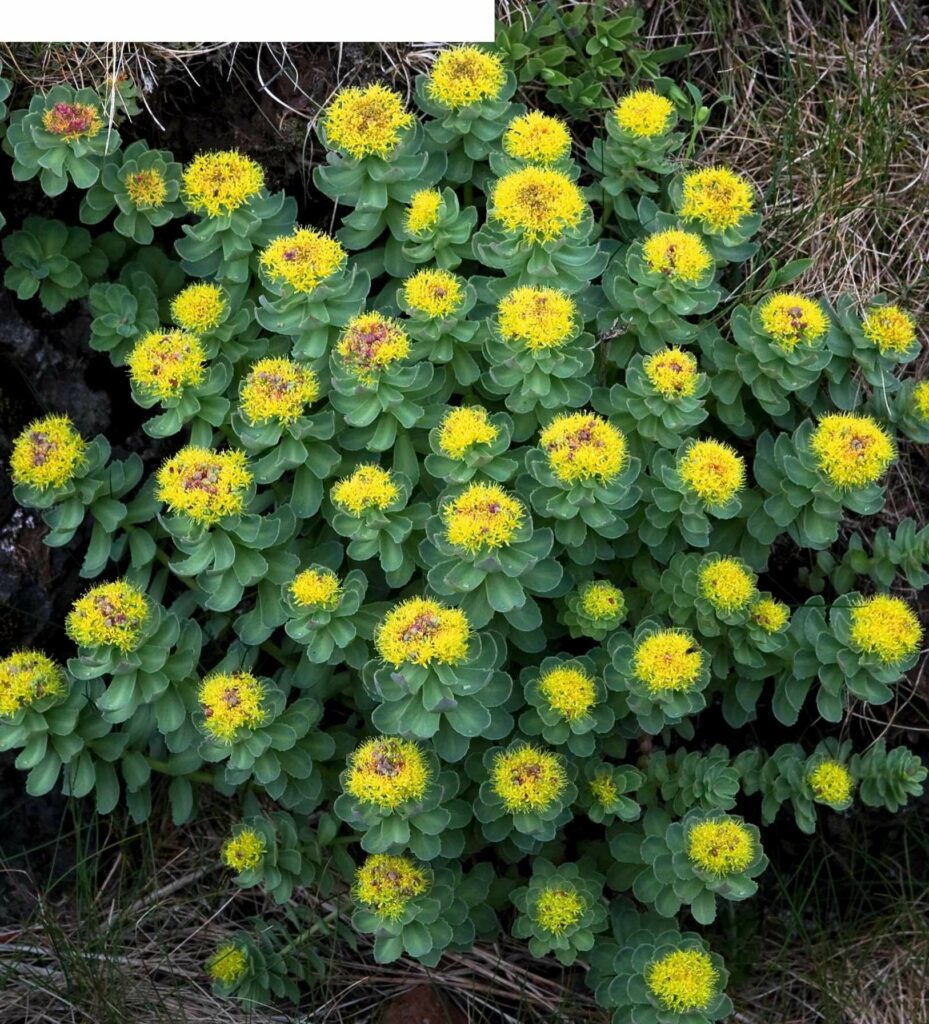
ALPINE PLANTS ARE ADAPTED TO THE extreme conditions in mountains, where the soil is thin. In Britain, they include roseroot, which produces clusters of fuzzy yellow flowers in June. Its fleshy, water-storing leaves and stems might remind you of the succulents found in deserts, but in fact, are equally suited to uplands. Drought is one of the main dangers roseroot faces – poor mountain soil only allows for shallow roots, leaving it vulnerable to drying out.